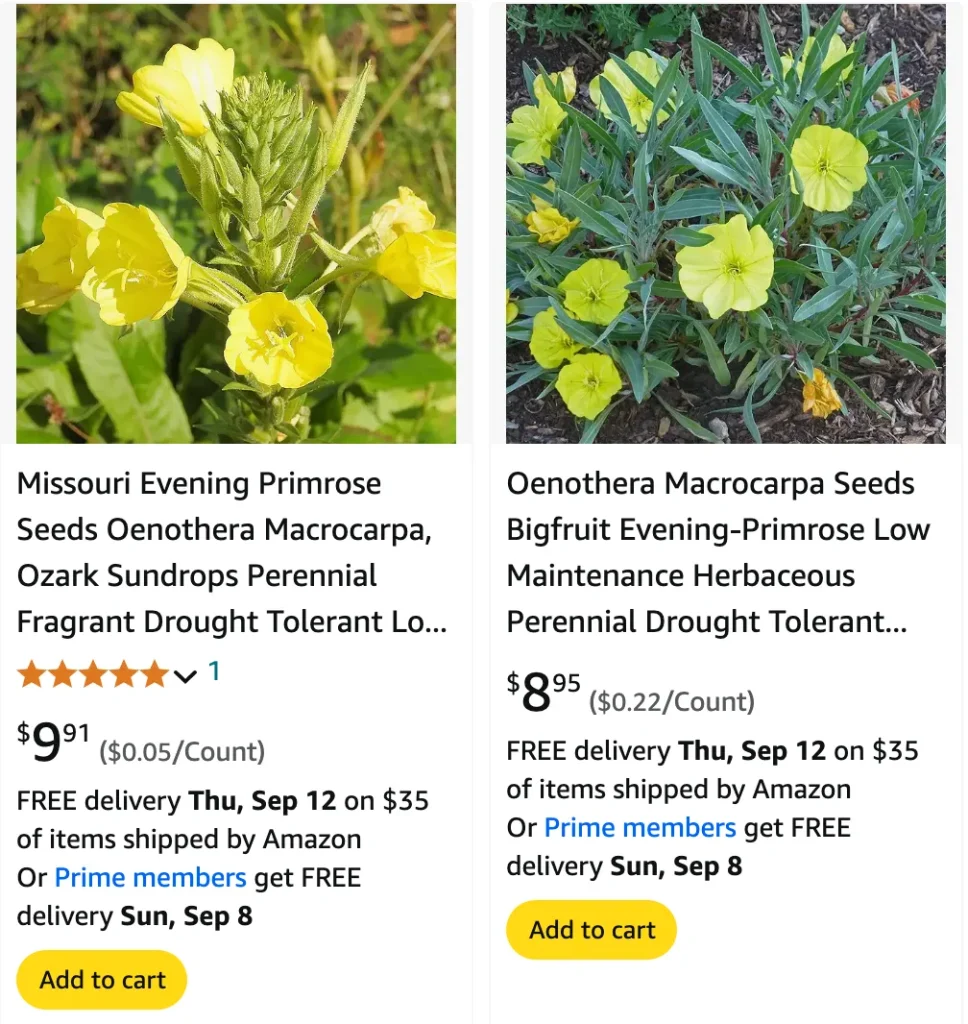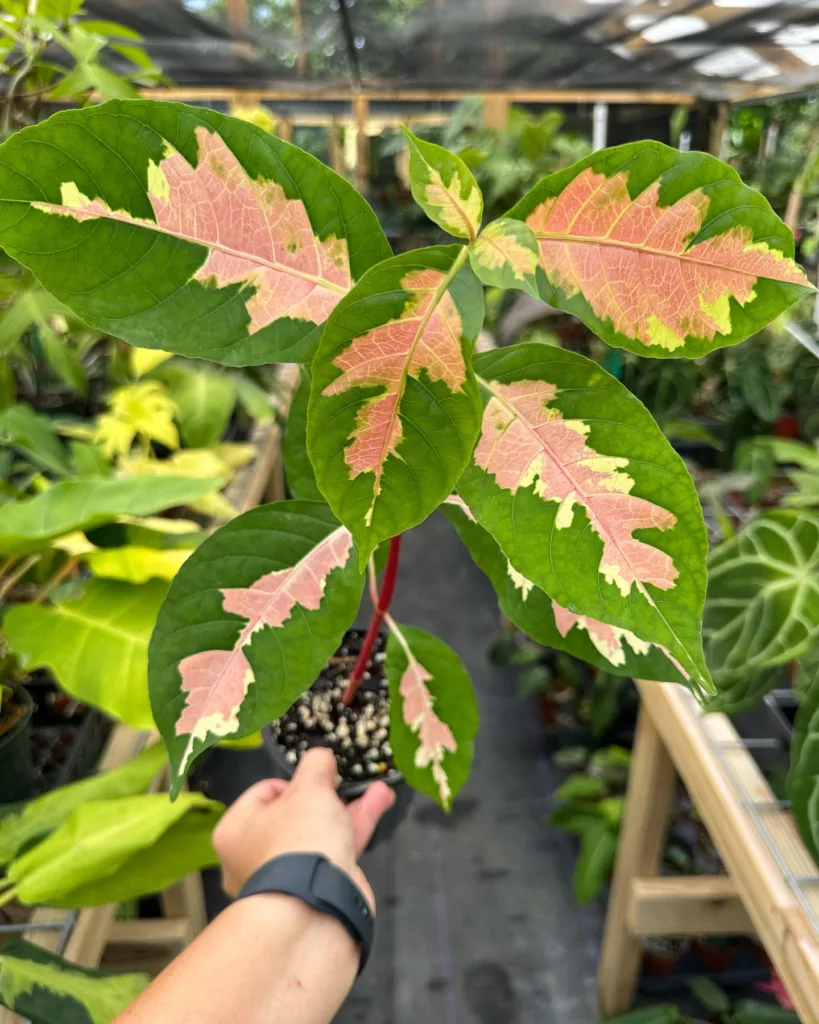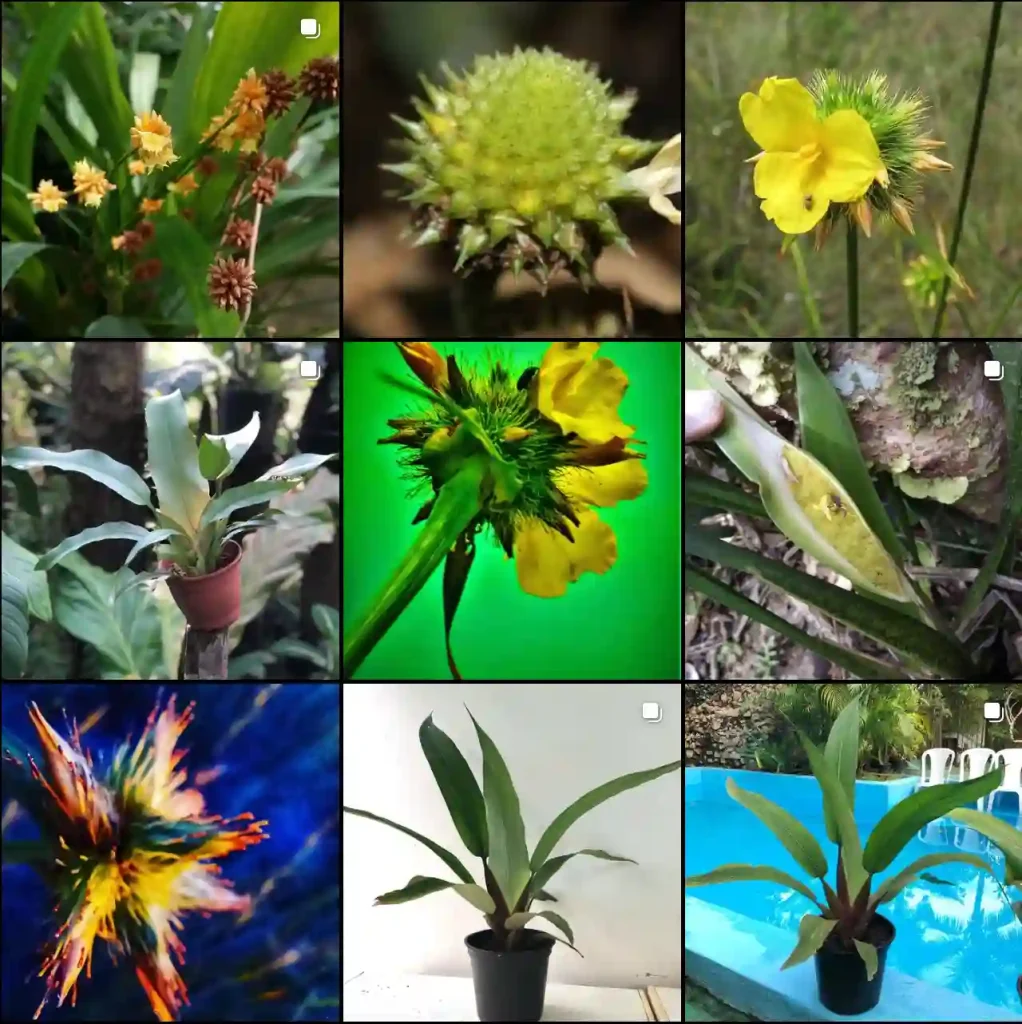
Frequently Asked Questions About Oenothera Macrocarpa
Oenothera Macrocarpa, commonly known as the Missouri Evening Primrose, is a stunning perennial that has captured my heart. Its large, bright yellow flowers and low-growing nature make it a standout in any garden. Over the years, I’ve gathered plenty of knowledge and personal experience caring for this plant, and I’m excited to answer some of the most common questions surrounding Oenothera Macrocarpa.
165 Species in Genus Oenothera
What is Oenothera Macrocarpa?
Oenothera Macrocarpa is a native wildflower that thrives in sunny, dry environments. It’s particularly well-suited for rock gardens and xeriscaping due to its drought tolerance. The plant produces large, cup-shaped yellow flowers that bloom in the evening and close by the next morning. These blooms are not just beautiful—they also attract beneficial pollinators like bees and butterflies. The foliage is narrow and silvery-green, adding texture and interest to any landscape.
How Do You Care for Oenothera Macrocarpa?
Oenothera Macrocarpa is incredibly easy to care for, which is one of the reasons I love growing it. This plant thrives in well-drained, poor soils—overly fertile soil can actually be detrimental, as it encourages leggy growth. Here are some key care tips I follow:
- Sunlight: Oenothera Macrocarpa loves full sun. Make sure it gets at least 6-8 hours of direct sunlight daily to promote blooming.
- Watering: Once established, this plant is drought-tolerant. I only water it during long dry spells, and I avoid overwatering to prevent root rot.
- Soil: It prefers dry, rocky, or sandy soils with excellent drainage. Avoid heavy, clay-like soils that retain too much moisture.
- Pruning: Deadheading isn’t necessary but can encourage additional blooms. I typically cut back the stems in the fall after the growing season.
How to Propagate Oenothera Macrocarpa?
I’ve had success propagating Oenothera Macrocarpa both through seeds and division. Propagating through seeds is the most common method, as this plant self-seeds readily. To collect seeds, I wait until the seed pods dry out in late summer or early fall and then scatter them in the desired area. Germination typically happens the following spring.
If you want faster results, you can divide mature plants in the early spring. Simply dig up the plant, split the root ball, and replant the divisions in well-drained soil. Make sure to water the new divisions well until they’re established.
Can You Grow Oenothera Macrocarpa Indoors?
In my experience, Oenothera Macrocarpa doesn’t thrive indoors. It craves direct sunlight and dry conditions, which are hard to replicate in an indoor environment. If you’re determined to try, you’ll need a very bright, south-facing window and a pot with excellent drainage. However, I always recommend keeping this plant outdoors where it can flourish.
Is Preen Safe for Oenothera Macrocarpa?
As a gardener who likes to keep things simple, I’ve experimented with various weed preventers like Preen. However, I’ve found that using Preen around Oenothera Macrocarpa can be tricky. While Preen is generally safe for established perennials, you should avoid applying it around seedlings or newly planted Oenothera, as it may inhibit growth. Always read the label and follow instructions carefully if you decide to use it in your garden.
What to Plant with Oenothera Macrocarpa?
When planning my garden, I like to pair Oenothera Macrocarpa with other drought-tolerant plants. Some of my favorite companions include:
- Lavender: Its purple blooms complement the bright yellow of Oenothera beautifully.
- Sedum: Both plants prefer similar dry, well-drained conditions.
- Salvia: Another pollinator favorite that thrives in full sun.
These plants share similar growing requirements and create a vibrant, low-maintenance garden.
Is Oenothera Macrocarpa Toxic?
One of the benefits of growing Oenothera Macrocarpa is that it’s non-toxic to humans and pets. I’ve never had to worry about my pets nibbling on it, and it’s safe for gardens where children may play. That being said, it’s always wise to supervise young children or pets around any plant to avoid accidents.
What are the Benefits of Oenothera Macrocarpa?
For me, the most obvious benefit of Oenothera Macrocarpa is its beauty. Those striking yellow flowers are an instant mood booster. But there are other advantages, too:
- Drought tolerance: I live in a region with hot, dry summers, and this plant continues to thrive with minimal water.
- Pollinator attraction: Oenothera is a magnet for bees and butterflies, supporting a healthy garden ecosystem.
- Low maintenance: Once established, this plant virtually takes care of itself, making it perfect for busy or novice gardeners.
Common Problems with Oenothera Macrocarpa
Even though Oenothera Macrocarpa is a hardy plant, it’s not without its challenges. I’ve encountered some of the following issues:
- Root rot: Overwatering or poorly drained soil can lead to root rot. Make sure your soil is well-drained and avoid watering too frequently.
- Pests: While relatively pest-free, aphids can sometimes become a nuisance. I’ve found that a strong blast of water or a mild insecticidal soap usually does the trick.
- Self-seeding: If you’re not careful, Oenothera Macrocarpa can become invasive, as it tends to self-seed prolifically. I usually deadhead flowers if I want to prevent it from spreading too much.
Comparing Oenothera Macrocarpa to Other Similar Plants
Oenothera Macrocarpa can be confused with other evening primroses. One that comes to mind is Oenothera Biennis, the common evening primrose. While both share similar flowers, Oenothera Macrocarpa stays low to the ground, whereas Oenothera Biennis grows taller and is more upright. In terms of care, Oenothera Macrocarpa is generally more drought-tolerant, making it better suited for dry, rocky landscapes.
In conclusion, Oenothera Macrocarpa is a delightful, easy-care perennial that brings a burst of sunshine to any garden. Whether you’re looking to create a drought-resistant landscape or just want to enjoy its cheery blooms, this plant is a wonderful choice.
If i die, water my plants!



